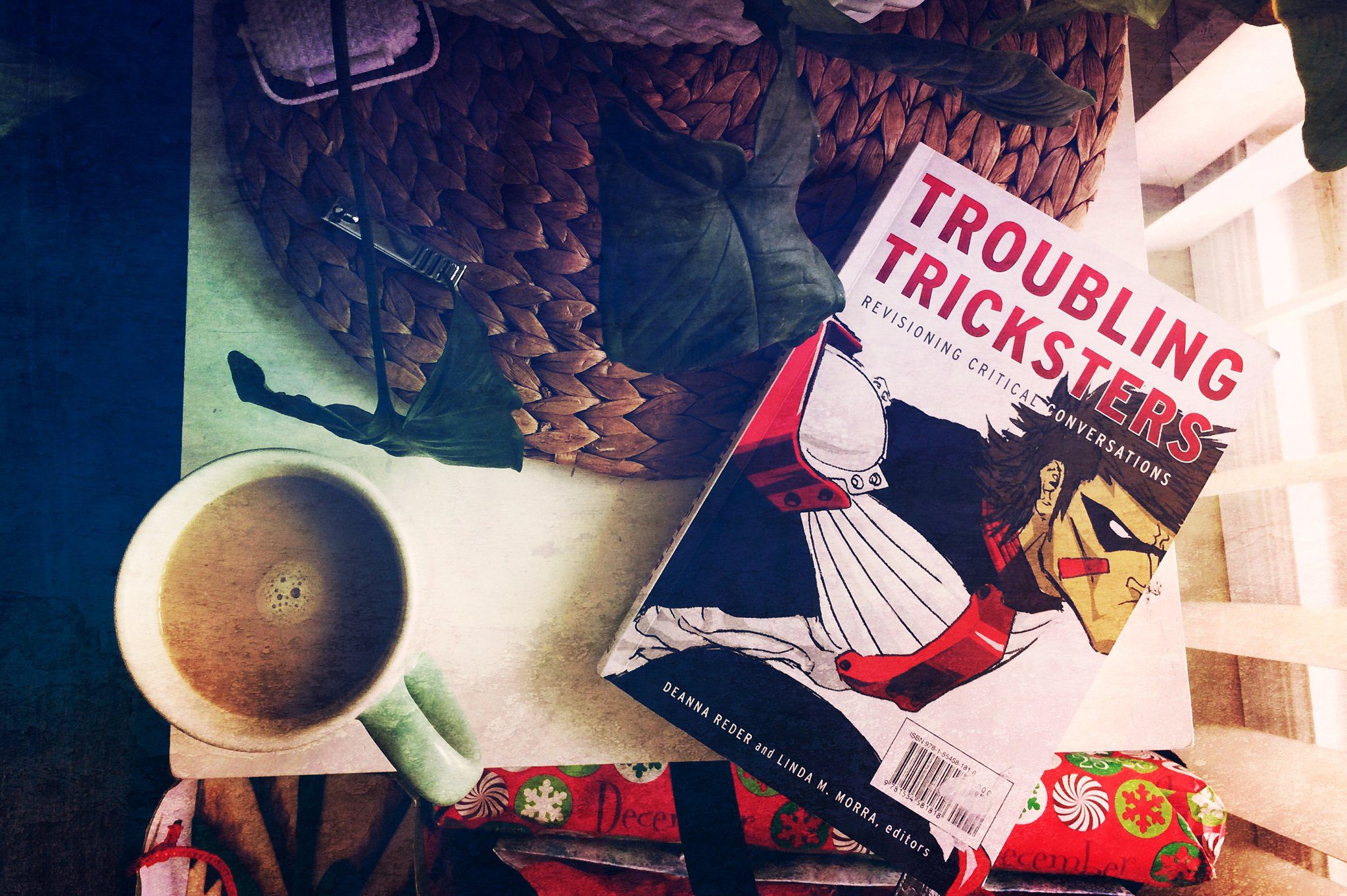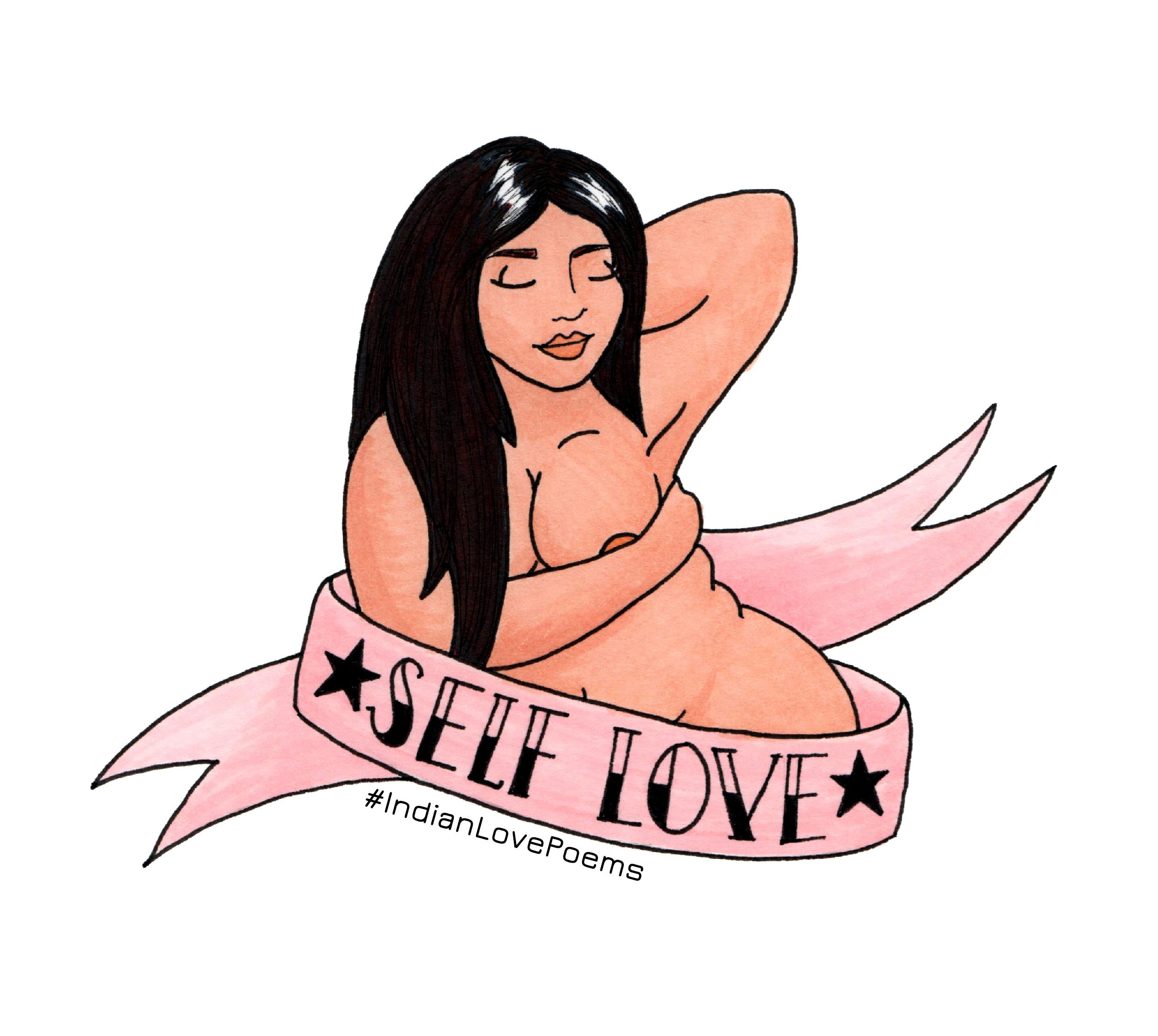
from the publisher: “One of the objectives of this anthology is, then, to encourage scholarship that is mindful of the critic’s responsibility to communities, and to focus discussions on incarnations of tricksters in their particular national contexts. The contribution of Troubling Tricksters, therefore, is twofold: to offer a timely counterbalance to this growing critical lacuna, and to propose new approaches to trickster studies, approaches that have been clearly influenced by the nationalists’ call for cultural and historical specificity.”
personal:
Looking through this body of work, I really had a good laugh. Br critically looking at what trickster represents and how that is shown through our stories of these figures in our different cultures, we can deconstruct this idea off a pan-Indian Trickster figure. I read Van Camp’s story, and burst out laughing in many moments. Using the Raven figure to introduce sexuality and sensuality in positive manner is genius, making us aware of how uncomfortable it can be to chat about sex and sexuality, but how often it’s funny too, and there is joy in that. And Warren’s story about the rigoureau is interesting because in the stories of my own mother’s Métis childhood, the loup-garou is not a heroic figure, but something to be avoided at all costs. How do stories change with mere miles between them? So I didn’t agree with some of his sweeping statements, at all, but it’s god to show perspective and again, break down the stories between cultures, or in this case, communities.
quotes:
- “there is no way Indigenous communities had “tricksters” – the term is the invention of a nineteenth-centrury anthologist” (vii) – we all had our own versions of mischievous/chaotic beings in our separate cultures
- “Twenty -first-century trickster criticisms is influenced by the recent work of nationalist critics who have called for ethical literary studies that are responsible to Indigenous people and communities” (viii)
- “The Dogrib are magnificent fighters. Executing cowboy kicks, bannock slaps and aerial maneuvers, they are acrobats of destruction when they battle and I’m so proud to be one” (95)
- “Raven looked at the old woman and smiled. She winked and smiled back!” (97)
- “Those rigoureaus,” my aunt went on, “they know how to change. Change their luck, change their voice, change their face. They bodies too, I hear. They can make themselves into a coyote, or a dog, or even a wolf” (157)
- “after an investigation into Eli’s accounting procedures, it was discovered that some of the dogs had been caught and released a half dozen times, to the tune of ten dollars per capture” (159)
- “The loup-garou, like the werewolf, is obviously a manifestation of a fear of giving into irrationality. But it also represents a fear of an unstable humanity, a humanity that is subject to periodic fluctuations – and also a humanity that is hybrid” (160)
- “In Métis stories, the rigoureau is often a heroic figure, or, if it is a villain, this villain is positioned in such a way that it might be seen as heroic” (161)
buy the book: Troubling Tricksters


